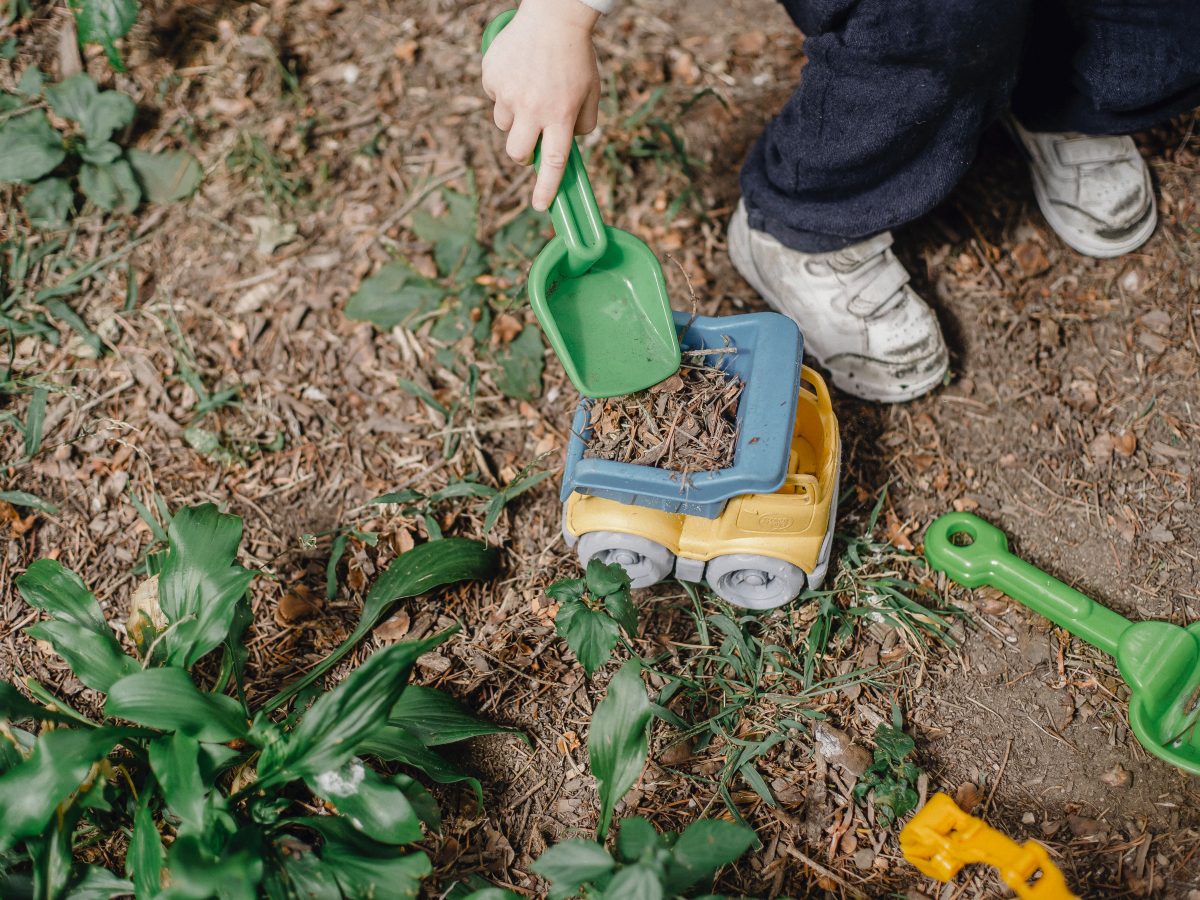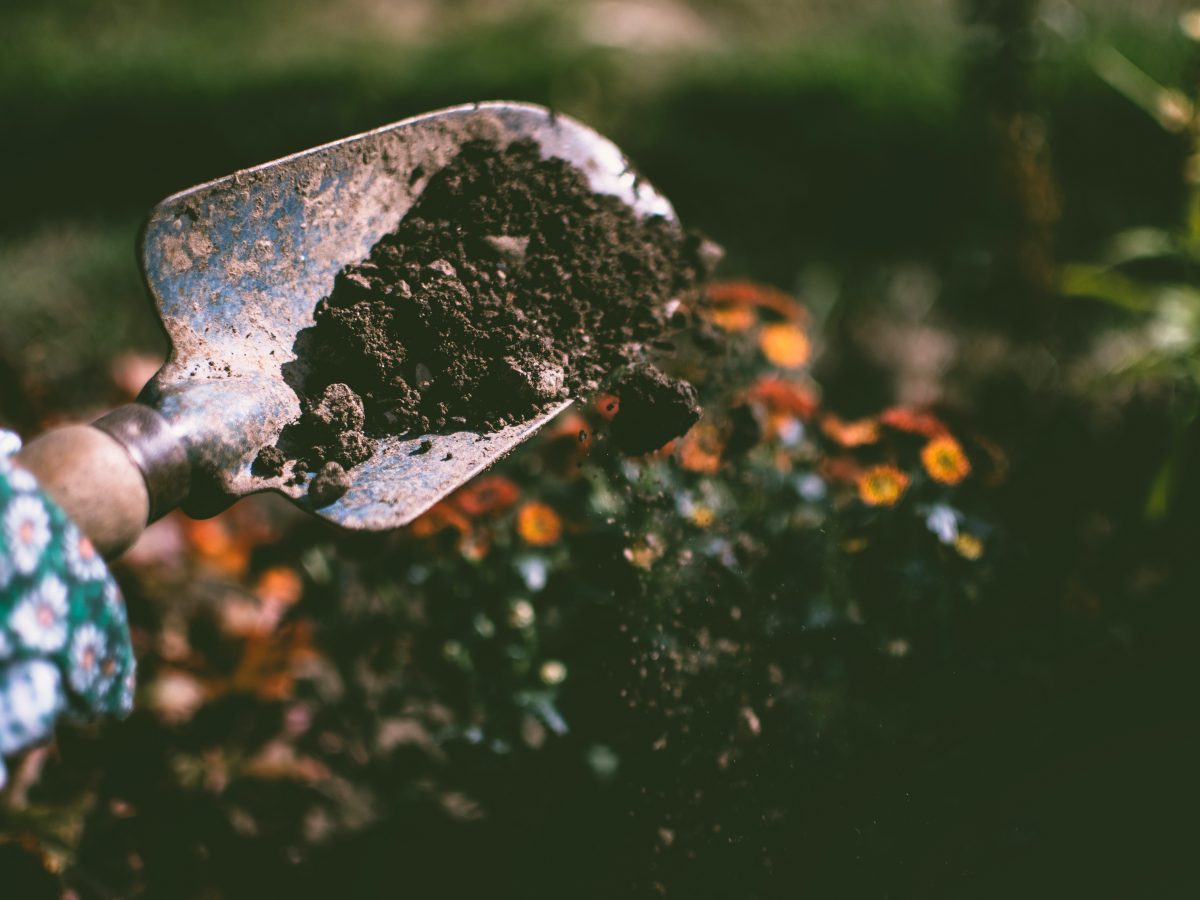Lead-Contaminated Soil

Now that it’s officially summer, kids (and let’s face it — adults too) can’t wait to get outside and get their hands dirty. Oftentimes with kids, keeping those little fingers clean and out of their mouths is almost impossible. Not only is it gross, but it could also be dangerous.
There are more substances in the ground to be wary of other than germs and worms; pesticides, petroleum products, asbestos, and lead are just some examples of harmful substances that contaminate the soil. Because lead was once used as an additive in paint and gasoline, developed urban areas, homes that were built or painted before 1978, and areas near high-traffic roads that have been around for more than 40 years are particularly at risk. Moreover, the lead that has been added to these products over the last century or so is still in the environment, as lead does not degrade over time. Since even small amounts of lead can cause serious health problems in adults and children, taking action and learning about how to protect your family from being exposed to lead in soil or near the house is critical.

How does lead-contaminated soil get ingested?
When soil is ingested or inhaled, either by consumption or by breathing it in, children are at risk of lead exposure. This may happen when kids or adults get contaminated soil from the yard on their hands, clothes, tools, or toys and then get the dirtied object in their mouths. Pets can also bring soil particles inside, which can be breathed in. Some children may also suffer from a condition known as pica, an eating disorder in which children crave or choose to chew on non-food items with no nutritional value such as paper, ice, clay, and soil.
Plants will still grow in lead-contaminated soil and may even absorb small amounts of lead with no noticeable or harmful effects. Lead moves slowly in a plant from root to leaves, which means root vegetables, such as carrots, turnips, radishes, and beets, are the most at risk. But don’t let that convince your kids they don’t need to eat their vegetables! When the stomach is full of food, the body has a much harder time absorbing lead because an empty stomach is much more acidic, which makes the lead more soluble and easier to digest. And because even root vegetables grown from lead-contaminated soil have other, more important nutrients to absorb, the body has a hard time absorbing lead. The most likely way to unknowingly ingest lead from a plant grown in lead-contaminated soil is by eating vegetables directly from the garden without washing or peeling them.
In other words
Plants from lead-contaminated gardens are typically okay to eat depending on the soil concentration of the lead as well as the type of crop grown, and how full one is. Directly ingesting lead-contaminated soil is more hazardous and can be avoided by washing all crops before consuming. Take an extra step in keeping your family safe by making sure everyone washes their hands before every meal.

Take action
Lead contamination in soil tends to be restricted to specific areas instead of spreading out evenly and staying where it lands. Zones directly underneath your home drip line, yards near busy roads, or the area near your driveway will likely be the most affected, so keep this in mind when choosing where to set up a garden or play area. Basic gardening techniques such as tilling the soil, fertilizing, using raised beds, and adding a couple of inches of mulch are also great ways of keeping the lead concentration levels low and your family safe.
Testing for lead in your soil
If you’re concerned that your soil has high lead, the best option is to get it tested. Soil sampling is included with all Lead Risk Assessments conducted by AAA Lead Inspections, or you can request soil-specific sampling only. The yard would be evaluated to decide the number of areas with at least 10 square feet of bare soil then samples are collected and sent to a certified laboratory for analysis.
Receive results
If the total concentration is above 400 ppm (parts per million) in a child’s play area or 1200 ppm in a yard or driveway area, there is cause for concern. AAA Lead Inspections will discuss remediation options for the contaminated soil.
For more information about the risks of lead exposure, check out our Lead Safety 101 blog post. Remember: don’t panic, just call. You can always have your home tested for lead paint and dust by a certified professional. If you live in Michigan, call on AAA. Get in touch today and we’ll help determine which inspection service is right for you.